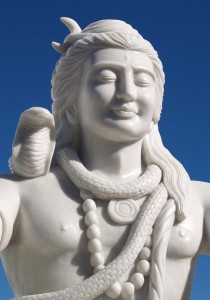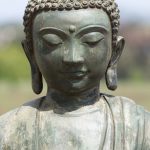As the traditions change, the meaning of the third eye also changes. Here, are some of the common old and new concepts about the third eye in Hinduism and Buddhism.

Lord Shiva’s third eye
Lord Shiva, the destroyer and the restorer, is one of the most complex Hindu gods. The various symbols surrounding Him details the qualities and powers of the deity. The Lord is also known as Tryambaka Deva, as He is often depicted as having three eyes. The devotees consider His right eye as the Sun and the left eye as Moon. The third eye is the eye of spiritual wisdom and knowledge. It is believed that He uses the third eye to see beyond the apparent and protect the good ones from the evildoers. All the evil and the ignorance vanish as the third eye opens.
Hindus believe that the physical world will be destroyed if Shiva opens His third eye.

Buddhism and third eye
In Buddhism, the third eye refers to the Eye of Consciousness, which asks followers to see the world beyond their physical eyes. It advises people to see the world with their minds.
Modern concepts about the third eye in Hinduism and Buddhism
As per modern spirituality, the third eye is a symbol of enlightenment. It is often referred to as “gyananakashu”, (the eye of knowledge). In Indian and East Asian iconography, the third eye is the “Ajna chakra” or the sixth chakra. It is also known as brow chakra or brow center. The third eye, or “Eye of Wisdom”, or, in Buddhism, the urna, is denoted by a dot, or mark on the forehead in the deities of Shiva or Buddha.
In certain Eastern and Western spiritual traditions, the third eye is the gate that leads the followers within to inner realms and spaces of higher consciousness. In the new concept, the third eye symbolizes a state of enlightenment.
